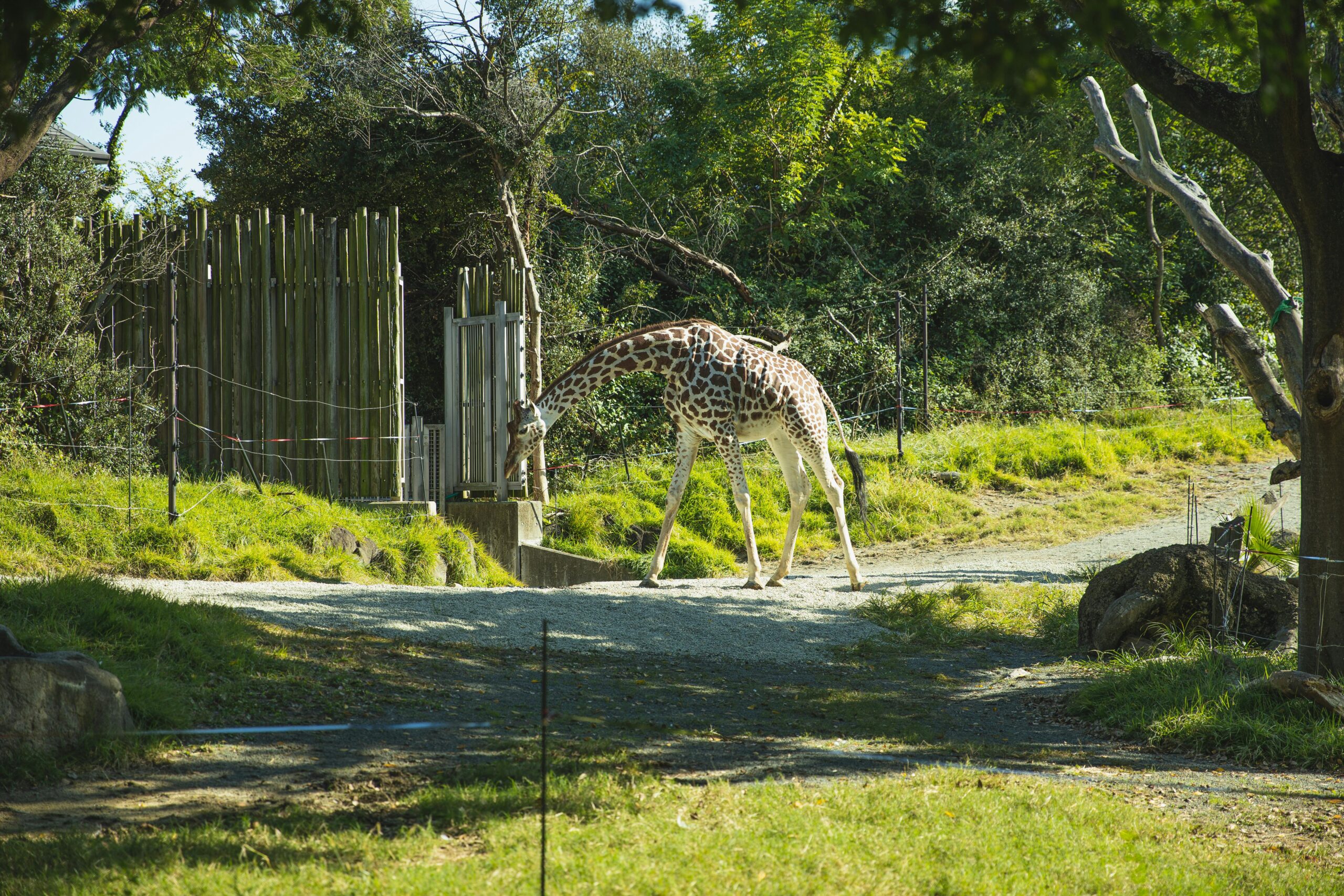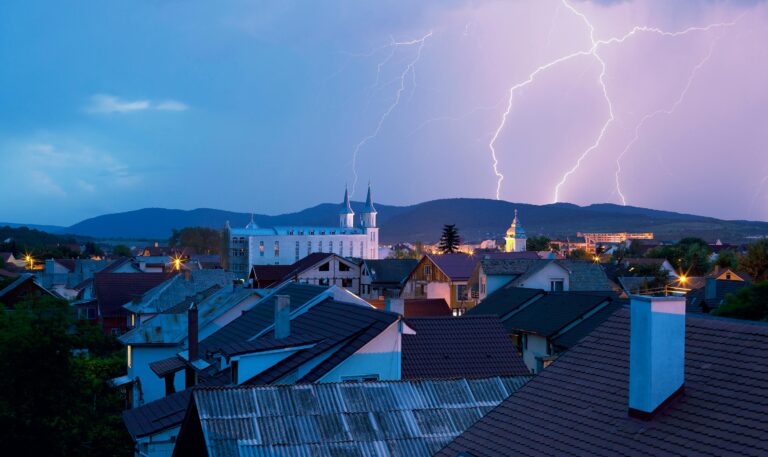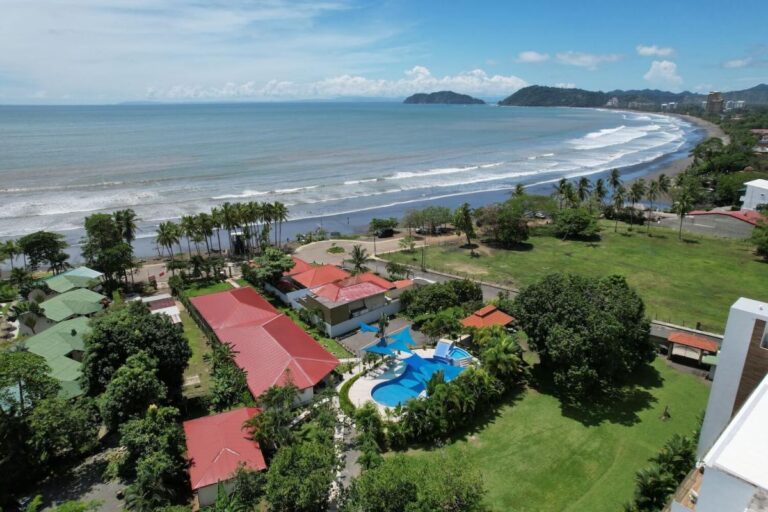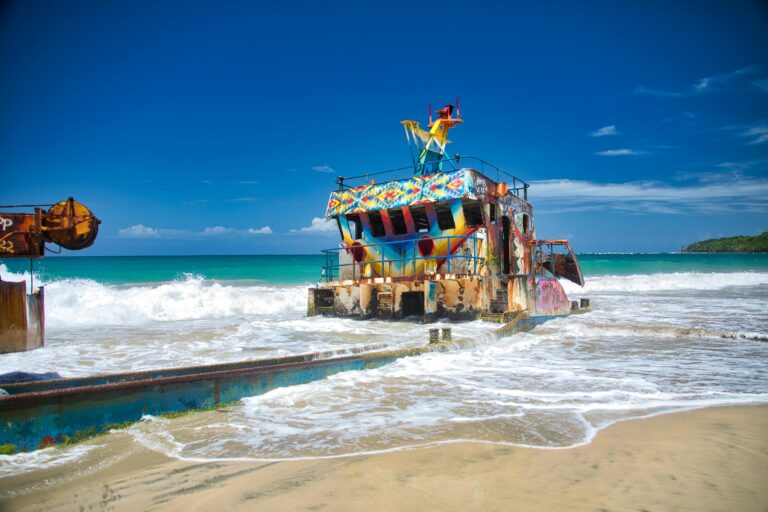Corcovado National Park: Costa Rica’s Crown Jewel of Biodiversity
The Corcovado National Park is located in the southwestern corner of Costa Rica’s Osa Peninsula. It stands as a testament to the breathtaking beauty of Central America. This is often called the “ The most biologically intense place on Earth” by National Geographic. It captivates visitors with its pristine beaches, dense rainforests and abundant wildlife. Whether you are an adventure seeker or just want to escape the rush of everyday life. The Corcovado Park offers an experience like no other.
History and Establishment
It was established in 1975, it encompasses an impressive 164 square miles of land. It is the largest national park in Costa Rica. The park was created in response to the growing threat of deforestation. There was also a need to protect the region’s biodiversity and unique ecosystems.
Today, it is a safe space for hundreds of species of plants and animals especially for rare species that are found only in Costa Rica.
Diverse Ecosystems
As you enter Costa Rica you will see a lot of greenery and towering trees that stretch to the sky and air is filled with the sound of nature. The park has an incredible variety of habitats. This is why this park is a biodiversity hotspot holding an estimated 2.5% of the world’s biodiversity.
Abundant Wildlife
The abundant wildlife of Corcovado is one of the most striking feature. The park is a home to some amazing species including Costa Rica’s famous monkeys, the squirrel monkey and the white-faced capuchin and some spider monkeys. As you explore the park you will get to see the glimpses of these adorable monkeys swinging through the canopy.
Mammals, Birds and Marine Life
Monkeys are just the beginning of Corcovado’s wildlife spectacle. The park also shelters numerous big cats, including jaguars, pumas, and ocelots. While these elusive felines are rarely seen, their presence adds an air of mystery and excitement to every hike. Tapirs, the largest land mammals in Central America, roam the forest floors, while sloths move languidly through the treetops.
Birdwatchers will find themselves in paradise, with over 400 species of birds calling the park home, including the spectacular scarlet macaw and the endangered harpy eagle.
The marine life surrounding Corcovado is equally impressive. The park’s beaches serve as important nesting sites for four species of sea turtles: the olive ridley, leatherback, hawksbill, and Pacific green turtle. During nesting season, visitors may witness the awe-inspiring sight of hundreds of turtles coming ashore to lay their eggs. Offshore, the waters teem with marine life, including dolphins, whales, and a diverse array of fish species.
Activities that You Can Do In Crcovado
Hiking Trails
Corcovado offers a range of experiences for all visitors. One of the most iconic hikes is the trek from Las Patos to Sirena. If you go on this trail you will go through the heart of rainforest. It offers incredible opportunities for wildlife spotting. You will cross rivers and navigate through dense forests and you will see park’s most elusive inhabitants.
If you don’t want a physically demanding experience, the coastal train from Sirena to La Leona is best for you. It offers stunning views of the Pacific Ocean and the chance to explore pristine beaches. The trail is particularly popular foe viewing wildlife, because animals often emerge from the forest.
Water Activities
If you are a water enthusiast, you will find plenty to love in Corcovado as well. The park’s rivers offer excellent opportunities for everyone to experience kayaking and canoeing. This allows visitors to explore the mangrove ecosystems. If you go snorkeling and diving in the surrounding waters, it will reveal a vibrant underwater world full of colorful fish, rays and even sharks if you are lucky.
Cultural and Historical Significance
Corcovado attracts visitors due to its natural beauty. It has rich history and heritage and iy holds significant cultural and historical value. The Osa Peninsula has its roots back in the pre-Columbian settlements and it can still be found within the park’s boundaries. Ancient stones are discovered by archeologists. They add to a touch of mystery to the already captivating landscape.
Planning Your Visit
Keep the following things in mind while planning your trip to the Corcovado National Park.
Access and Regulations
Access to the park is limited to protect its delicate ecosystems. Visitors must enter with a certifies and overnight stays in the park require reservations in advance. You can get that at one of the park ranger’s stations. These restrictions might seem limiting but they are important to ensure safety of the ecosystem and the maintenance of biodiversity.
Best Time to Visit
The best time to visit Corcovado is totally dependent on you. The dry season lasts from December to April. It offers great weather conditions and easier hiking. However, this is also the busiest time of year. This means more visitors and crowded trails. The wet season, from May to November brings more challenging conditions. But this also has vibrant landscapes and increased wildlife activities. No matter the season the park is great for all visitors.
What to Bring
As you plan your trip to Corcovado, it’s essential to come prepared. The park’s remote location means that amenities are limited, and visitors should bring all necessary supplies, including plenty of water, insect repellent, and appropriate clothing and footwear. A good pair of binoculars is invaluable for spotting wildlife, and a waterproof bag can protect your belongings from sudden rain showers or river crossings.
Conservation Efforts
Conservation efforts play a crucial role in maintaining Corcovado’s ecological integrity. The park faces numerous challenges, including illegal gold mining, poaching, and the impacts of climate change. However, dedicated park rangers, conservation organizations, and responsible tourism practices are working together to protect this invaluable ecosystem for future generations.
Conclusion
As you leave Corcovado National Park, whether after a day hike or a multi-day adventure, you’ll carry with you memories that last a lifetime.
But beyond the personal experiences, a visit to Corcovado offers something more profound: a renewed appreciation for the natural world and the critical importance of preserving our planet’s biodiversity. In an era of rapid environmental change and habitat loss,
Corcovado stands as a beacon of hope, demonstrating the incredible richness of life that can thrive when nature is given the space and protection it needs.
Corcovado National Park is more than just a destination; it’s a reminder of the world as it once was and a glimpse of what it could be. It challenges us to rethink our relationship with nature and inspires us to take action to protect the incredible diversity of life on our planet. Whether you’re planning a visit or simply dreaming of far-off adventures, let Corcovado spark your imagination and fuel your passion for the natural world.
In doing so, we can all play a part in ensuring that this remarkable place, and others like it, continue to thrive for generations to come.







